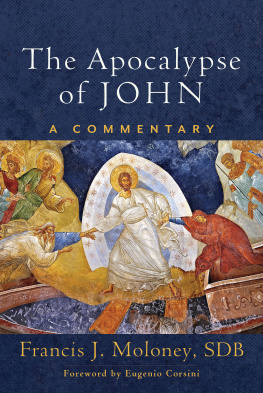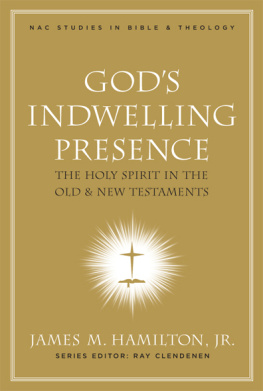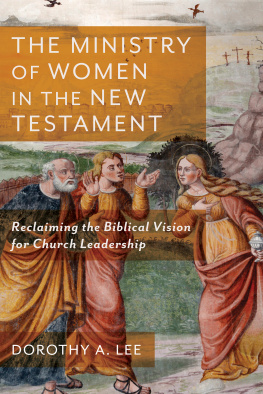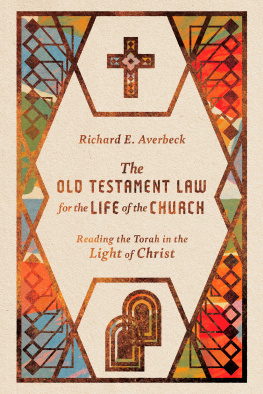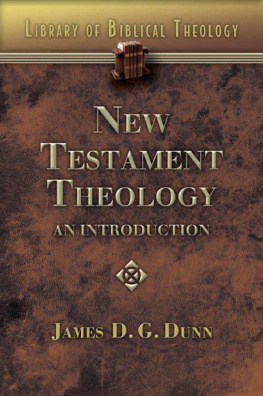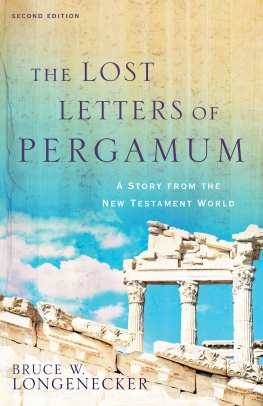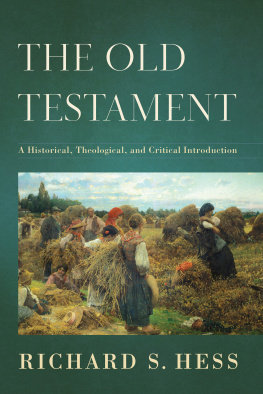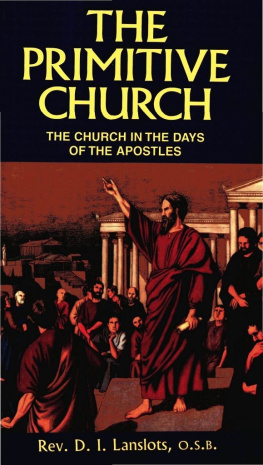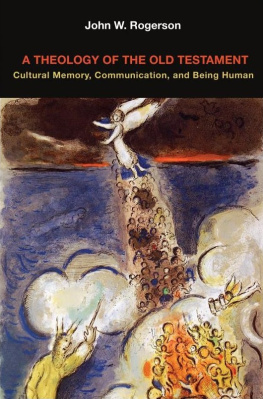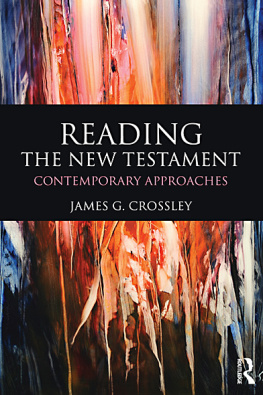Francis J. SDB Moloney - Reading the New Testament in the Church: A Primer for Pastors, Religious Educators, and Believers
Here you can read online Francis J. SDB Moloney - Reading the New Testament in the Church: A Primer for Pastors, Religious Educators, and Believers full text of the book (entire story) in english for free. Download pdf and epub, get meaning, cover and reviews about this ebook. year: 2015, publisher: Baker Publishing Group, genre: Religion. Description of the work, (preface) as well as reviews are available. Best literature library LitArk.com created for fans of good reading and offers a wide selection of genres:
Romance novel
Science fiction
Adventure
Detective
Science
History
Home and family
Prose
Art
Politics
Computer
Non-fiction
Religion
Business
Children
Humor
Choose a favorite category and find really read worthwhile books. Enjoy immersion in the world of imagination, feel the emotions of the characters or learn something new for yourself, make an fascinating discovery.
- Book:Reading the New Testament in the Church: A Primer for Pastors, Religious Educators, and Believers
- Author:
- Publisher:Baker Publishing Group
- Genre:
- Year:2015
- Rating:4 / 5
- Favourites:Add to favourites
- Your mark:
- 80
- 1
- 2
- 3
- 4
- 5
Reading the New Testament in the Church: A Primer for Pastors, Religious Educators, and Believers: summary, description and annotation
We offer to read an annotation, description, summary or preface (depends on what the author of the book "Reading the New Testament in the Church: A Primer for Pastors, Religious Educators, and Believers" wrote himself). If you haven't found the necessary information about the book — write in the comments, we will try to find it.
Reading the New Testament in the Church: A Primer for Pastors, Religious Educators, and Believers — read online for free the complete book (whole text) full work
Below is the text of the book, divided by pages. System saving the place of the last page read, allows you to conveniently read the book "Reading the New Testament in the Church: A Primer for Pastors, Religious Educators, and Believers" online for free, without having to search again every time where you left off. Put a bookmark, and you can go to the page where you finished reading at any time.
Font size:
Interval:
Bookmark:

2015 by Francis J. Moloney
Published by Baker Academic
a division of Baker Publishing Group
P.O. Box 6287, Grand Rapids, MI 49516-6287
www . bakeracademic . com
Ebook edition created 2015
All rights reserved. No part of this publication may be reproduced, stored in a retrieval system, or transmitted in any form or by any meansfor example, electronic, photocopy, recordingwithout the prior written permission of the publisher. The only exception is brief quotations in printed reviews.
Library of Congress Cataloging-in-Publication Data is on file at the Library of Congress, Washington, DC.
ISBN 978-1-4412-2248-0
Nihil Obstat : Reverend Peter J. Kenny, STD (Diocesan Censor)
Imprimatur : Monsignor Greg Bennet (Vicar General)
Date: July 28, 2014
The Nihil Obstat and Imprimatur are official declarations that a book or pamphlet is free of doctrinal or moral error. No implication is contained therein that those who have granted the Nihil Obstat and Imprimatur agree with the contents, opinions, or statements expressed. They do not necessarily signify that the work is approved as a basic text for catechetical instruction.
Unless noted otherwise, Scripture quotations are from the Revised Standard Version of the Bible, copyright 1952 [2nd edition, 1971] by the Division of Christian Education of the National Council of the Churches of Christ in the United States of America. Used by permission. All rights reserved.
Scripture quotations labeled AT are those of the author.
Scripture quotations labeled NRSV are from the New Revised Standard Version of the Bible, copyright 1989, by the Division of Christian Education of the National Council of the Churches of Christ in the United States of America. Used by permission. All rights reserved.
Every now and then a scholarly work so aptly meets a glaring need that one is tempted to cry out, Why wasnt this done before? Once again, Francis Moloney has drawn upon his internationally renowned biblical expertise, vast knowledge of scholarly literature, and theological sensitivity to produce this timely resource for pastors and educators in the Christian tradition. It admirably achieves its aim of bridging the gap between technical biblical scholarship and scriptural literacy in the church.
Brendan Byrne , SJ , University of Divinity (Melbourne)
In this learned but pastoral guidebook, Moloney helps Catholics (and ecumenical readers) read Scripture both critically and with faith in Jesus, and in and for the church. Moloney immerses readers in early Christian beliefs in Jesus death, resurrection, and living presence, vigorously rejecting the common academic distinction between the Jesus of history and the Christ of faith. I heartily recommend this introduction to reading the New Testament as an excellent textbook for seminaries and training programs for deacons and lay Catholic ministers.
William S . Kurz, SJ , Marquette University
Moloneys latest book is a gift for Catholics who want to read the New Testament as both serious Christians and intelligently critical citizens of the modern world. It will also serve as a comprehensive textbook for students who may read only one book on the subject. As always, Moloneys talent as a teacher is bolstered by his scholarship rather than encumbered by it.
Sandra M. Schneiders, IHM , Jesuit School of Theology of Santa Clara University and Graduate Theological Union, Berkeley, California
After many decades as a Catholic priest and a distinguished biblical scholar, Frank Moloney has written this important and reflective book to remind the modern church of the importance of its Scriptures. It guides readers through the New Testament documents with clarity and with the sure hands of an experienced exegete, pastor, and teacher. Reading the New Testament in the Church provides a timely reminder that the modern community of faith, both Catholic and non-Catholic, must read, appreciate, understand, and be informed by its ancient Scriptures.
David Sim , Australian Catholic University
The relationship of Church, Scripture and scriptural interpretation has suddenly become a burning question in many circles. In my view we ought to be glad that an important theological theme of this kind is no longer the preserve of academic interests but has been taken up by local congregations.
Ernst Ksemann, March 12, 1962
For my fellow Salesians, pastors,
religious educators, and believers
at Don Bosco Hall,
Berkeley, California, USA,
and Don Bosco House,
Clifton Hill, Victoria, Australia
Cover
Title Page
Copyright Page
Endorsements
Epigraph and Dedication
Preface
1. Catholic and Critical: The Challenge of Scripture in the Catholic Tradition
2. Historical Context: The New Testament World and Our World
3. The Origins of the New Testament: Its Creation and Reception
4. Jesus of Nazareth: A Biographical Sketch
5. Paul: The First Christian Author
6. The Four Gospels: Stories of Jesus
7. The Acts of the Apostles: Telling Gods Story to the End of the Earth
8. Later Writings of the New Testament: Letters from Apostles and a Homily
9. The Revelation to John: Apocalypse Now
Epilogue
Bibliography
Index of Subjects
Index of Authors
Index of Scripture and Other Ancient Sources
Back Cover
First encounters can be fascinating. We like to know the ethnic and geographical origins of others, and we are interested in their occupations in life. I was born and bred in Australia. These origins are a good start. Many regard my far-flung homeland as a paradise, marked by a free and easy lifestyle, a sound economy, and a stable (if at times stormy) parliamentary government. Problems arise when a second question is asked: What do you do? My first response is that I am a Catholic priest, a member of a religious congregation. In todays increasingly secularized world, this can be something of a conversation stopper, but once people have this information, they generally ask which parish I serve.
However, my life and ministry have not been in a parish or a diocese. I have worked in education, and largely tertiary education, all my adult life. I am simultaneously a Catholic priest and a university professor. This information leads to a final question: What do you teach? My specialization is the Bible, with a particular interest and expertise in the more recent part of the Bible that was produced by the early Christian church in the second half of the first Christian century. It is generally known as the New Testament. In Australia, where universities with religious studies departments are rare, an academic career specializing in the New Testament is something of an anomaly. Most educated people are aware of the literary world with its many languages, literatures, numerous classics in different forms (poetry, narrative, critical essays, travel narratives, biographies, and so forth). Some are also aware of a solid body of critical theory that is used in assessing and appreciating these traditions. The discipline of biblical studies belongs to that area of academic interest. However, most biblical scholars, especially those who are ordained ministers in a Christian tradition, bring to their world and work a level of faith and commitment to Christianity. The interface between our professional careers and our day-to-day lives as believing Christians can become a problem.
My long experience as a priest, a religious, a teacher, and a published author tells me that there is still a need to build bridges between, on the one hand, those of us who devote our lives to the interpretation of the New Testament within the church and, on the other, the life of the church itself. The problem is not found so much in the situation described abovethat is, the lack of awareness of thinking, teaching, and writing about the Bible. It runs deeper and is widespread, even in those places, such as the United States and Europe, where the study of the Bible and religions has long been part of university curricula. In most parts of the world, across all Christian traditions, tensions exist between ecclesial communities and biblical scholars. At worst, the suggestions of scholars are not trusted; they are regarded as a threat to the faith of believers. More common, however, is the lack of interest in what a small group of specialists are doing in their professional playpens, with their Hebrew, Greek, literary, and theological concerns. Pastors, religious educators, believers, and even theologians suffer from these tensions. It would be a blessing for all concerned if they could be eased.
Font size:
Interval:
Bookmark:
Similar books «Reading the New Testament in the Church: A Primer for Pastors, Religious Educators, and Believers»
Look at similar books to Reading the New Testament in the Church: A Primer for Pastors, Religious Educators, and Believers. We have selected literature similar in name and meaning in the hope of providing readers with more options to find new, interesting, not yet read works.
Discussion, reviews of the book Reading the New Testament in the Church: A Primer for Pastors, Religious Educators, and Believers and just readers' own opinions. Leave your comments, write what you think about the work, its meaning or the main characters. Specify what exactly you liked and what you didn't like, and why you think so.


